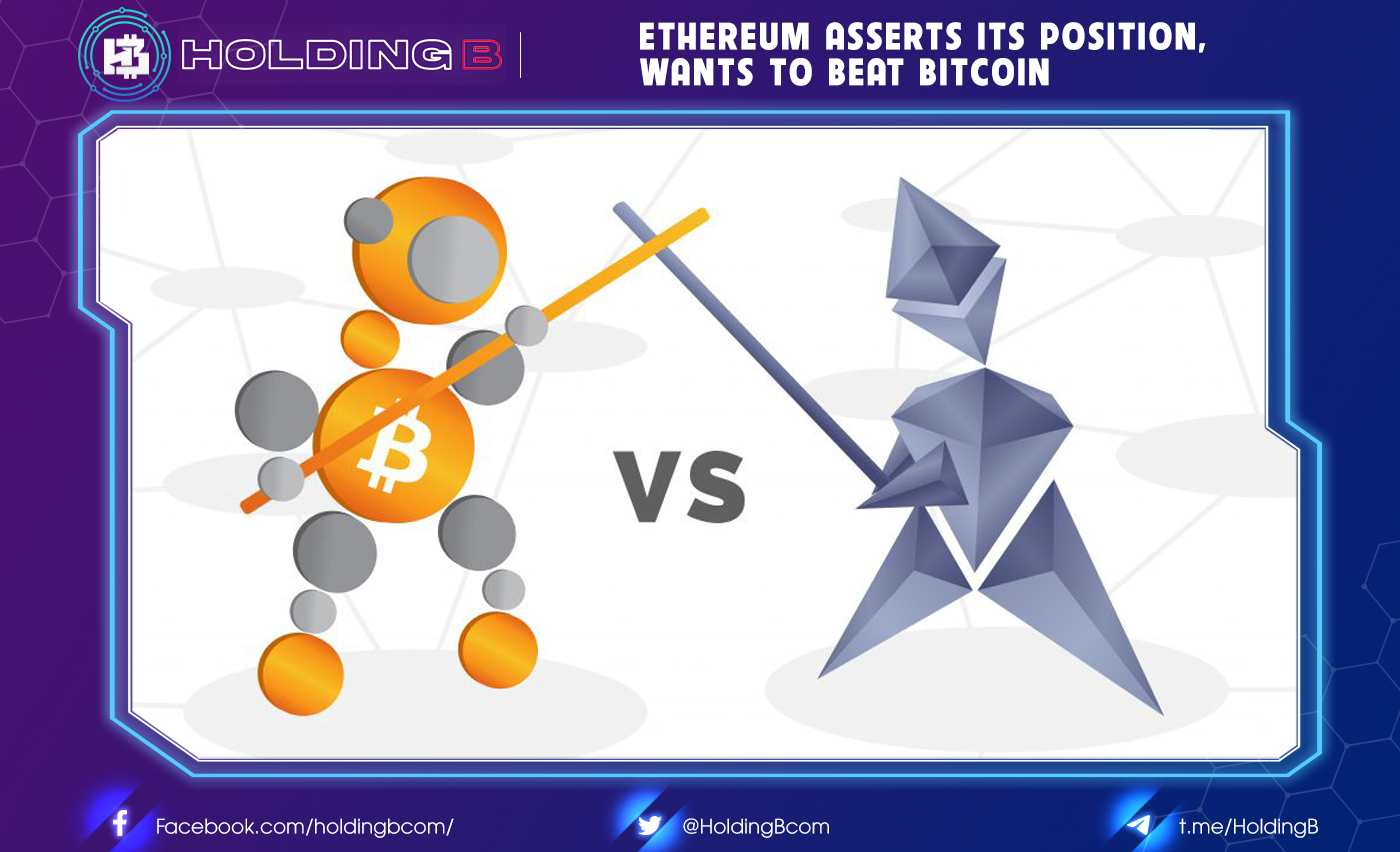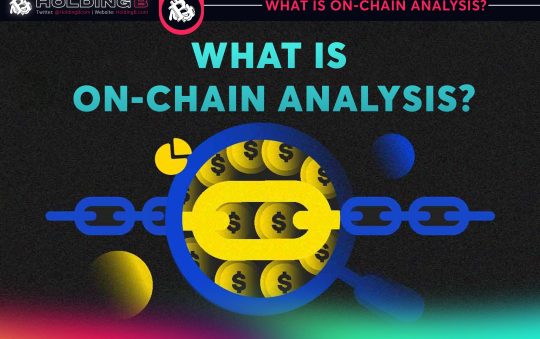
For years, cryptocurrencies like Bitcoin and Ether have been assailed for the large amount of pollution that comes from generating the electricity used to mine them. Because of the huge costs involved, miners often set up shop where power is cheap, typically because it comes from sources like coal.
But that may soon end with the latest changes to a key blockchain, used to power the Ether cryptocurrency, several rival cryptocurrencies, and projects based on non-fungible tokens, or NFTs. The adjustment promises to cut Ethereum blockchain’s energy consumption by 99%.
It also gives Ethereum an edge over rival Bitcoin, which hasn’t shifted much to energy efficiency. Although under pressure to gobble up less energy, Bitcoin has no plans to change its technology like Ethereum did.
The transition that is key to Ethereum’s energy savings came one step closer to reality last week with a mostly successful test that simulated the larger merging of Ethereum’s proof-of-work and proof-of-stake chains. Based in part on the news of the so-called merge, the price of Ether outperformed Bitcoin over the past seven days
Ether was up about 13% over the past week to about $3,007, while Bitcoin was up about 7% at $42,622.
The change involves the Ethereum network, which operates using what’s known as proof of work. Previously, to record a transaction on its blockchain—a transparent, digital ledger—miners were required to use powerful computers to solve complex math problems.
After the environmentally friendly fix, miners will eventually be able to verify transactions by staking some of their own crypto in special wallets in what’s called proof of stake. The more cryptocurrency validators stake, the higher their odds of being able to validate the transaction and claiming a reward in crypto for doing so.
This process is less energy intensive because it doesn’t require using powerful computers to solve mathematical puzzles.
The Ethereum network is best known for its native cryptocurrency, Ether, the second most popular behind Bitcoin. It also hosts a number of popular applications like the NFT exchange OpenSea, crypto wallet MetaMask, and automated token exchange UniSwap.
As of now Ethereum has two different chains, the old one using proof of work and the new one using proof of stake. Through a process called the merge, Ethereum will combine both chains and move from proof of work to proof of stake, cutting its energy consumption in the process.
The merge was supposed to be completed by the end of June. But now there is no exact date set, according to a blog post by the Ethereum Foundation, a nonprofit dedicated to supporting the network.
Tim Beiko, an Ethereum developer who leads updates to the blockchain, told Fortune the transition to proof of stake could happen this summer.
When the long-awaited merge happens, green-conscious investors may be more likely to put money into projects that run on the Ethereum blockchain. Additionally, the tweak promises to make it cheaper to validate transactions because powerful computers would no longer be needed.
Through this innovation, it can be seen that Ethereum seriously wants to go faster thanBitcoin
See ya in the next article !
Don’t forget to follow useful articles about the crypto market from team Holding B!!!
- Telegram Channel: https://t.me/HoldingBcom
- Telegram Group : https://t.me/HoldingB
- Website : https://holdingb.com/
- Twitter : https://twitter.com/HoldingBcom





